A fresh take on home organizing
Rebecca Enberg wants you to think about your house like a machine.
One of the pitfalls of writing about the same beat for years is that you become a little jaded. I know I’m guilty of this when it comes to writing about interiors. For example, the first time a designer told me that they drew their color palette from the natural world surrounding the site, it felt like such a fresh idea, but when I hear it for the 128th time, my mind begins to drift.
On the flip side, years of experience can help you home in on a unique perspective. When you hear the same advice again and again, any deviation from the standard script jumps out in high relief. Such was the case when I began reading Rebecca Enberg’s newsletter Your House Machine, which is about home keeping. Rebecca’s newsletters have given me a few true “aha” moments, so I set up a call to chat about her theories of home organization.
A former product manager from the worlds of tech and management consulting, Rebecca decided to explore her curiosity about home organization while taking a pause from her career. Her newsletter Your House Machine takes its name from a quote by Le Corbusier, “The house is a machine for living in,”1 and in it, Rebecca applies the lessons she learned in her professional life to her home.
“When I was a product manager, you just had to get into this mindset of everything as a system: How are things related even within the organization? How do I get the resources I need for this project?” says Rebecca. “It really honed that systems thinking, and then when I turned and started focusing more on my domestic life, it was just such an obvious application.”
Rebecca was motivated to write her newsletter, in part, because she felt that mainstream organizing content leads people astray. “When you watch TV shows, it starts with someone who's overwhelmed by all the clutter. Then the experts come in and help them, and it ends with this big grand reveal of ta-da,” she says. “That's good for TV, but in real life, that is not the end. The end is: And here is my system for how I'm going to keep it this way and how we're going to change our behaviors, so that it doesn't just go back to how it was.”
So, what is systems thinking? After chatting with Rebecca, my understanding is that systems thinking focuses on the interrelationships within a system, rather than its individual components. Lifestyle examples include meal planning, in which you use a system to get dinner on the table more efficiently (instead of focussing on one meal at a time). A capsule wardrobe, which is a simplified system for getting dressed, wouldn’t work to just reduce your number of clothes, you must strategically curate your wardrobe so that the individual pieces all work together (usually through a limited palette), to make picking an outfit effortless.
Why minimalism is smart systems thinking
Embracing a less is more attitude when it comes to possessions is a systems thinking approach to reducing your chores. “By owning fewer things and having a spot for everything, it takes me less time to clean up my house,” Rebecca says. “Organizing things and having systems gets you back a lot of time. There are people that aim for minimalism almost for aesthetic reasons, where they love the blank space or the idea that everything they own fits in a backpack. That’s not my kind of minimalism.”
Systems thinking zooms out from a problem to find its place in the larger system. So Rebecca says, “When you notice that something has become disorganized before you just go in there and fix it, stop and think, How did it get this way? Why is this happening?” For example, if I ask myself, “How did my coffee table get so cluttered?” I can conclude that we need an easily accessible home for finished drawings and other papers my child wants to keep.
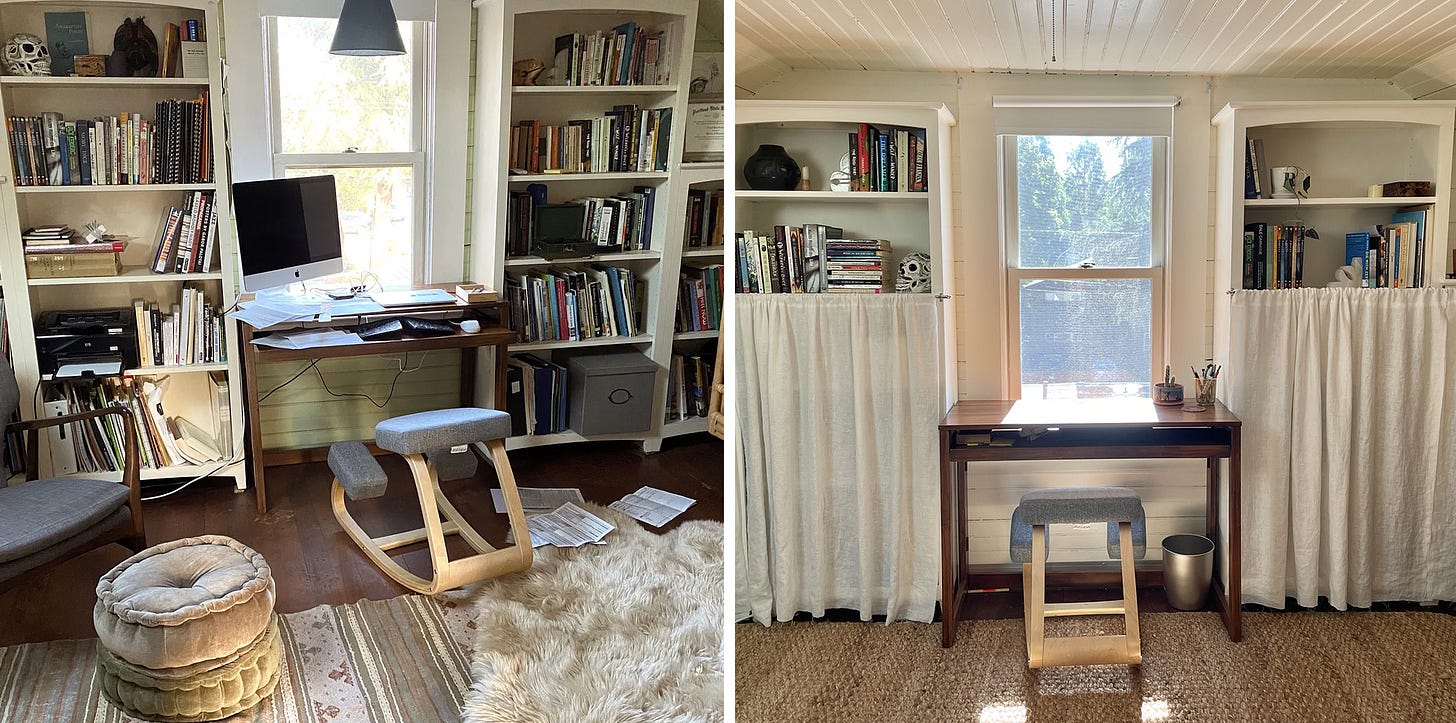
There isn’t always a clever “hack”
The other truth that Rebecca’s newsletter reveals is that sometimes organizing is not about clever tips or products, it’s just about making the time to do the work. For example, a recent post was about taking everything out of a cabinet–and rearranging it to better fit her current needs. There’s no dramatic, color-coded before and after—Rebecca just walks you through her thought process. Likewise, Rebecca’s home office was blessed with built-in shelves, but she didn’t find it relaxing to see all the stuff all the time, so she made simple curtains to cover their contents. Rebecca didn’t actually organize anything: She just hid it. Seeing these photos was a lightbulb moment for my own open storage.
Arrange your home according to your values
One of the most powerful ideas that Rebecca shared with me is her emphasis on arranging your home according to what you value most. “Look at the space itself. Does it align with what's important in your life?” she says. “Do you have spaces that are barely used? Is there something you wish you could do in your home but can't like host visitors or have a calm workspace? If so, there's misalignment and the space needs to be reconfigured.”
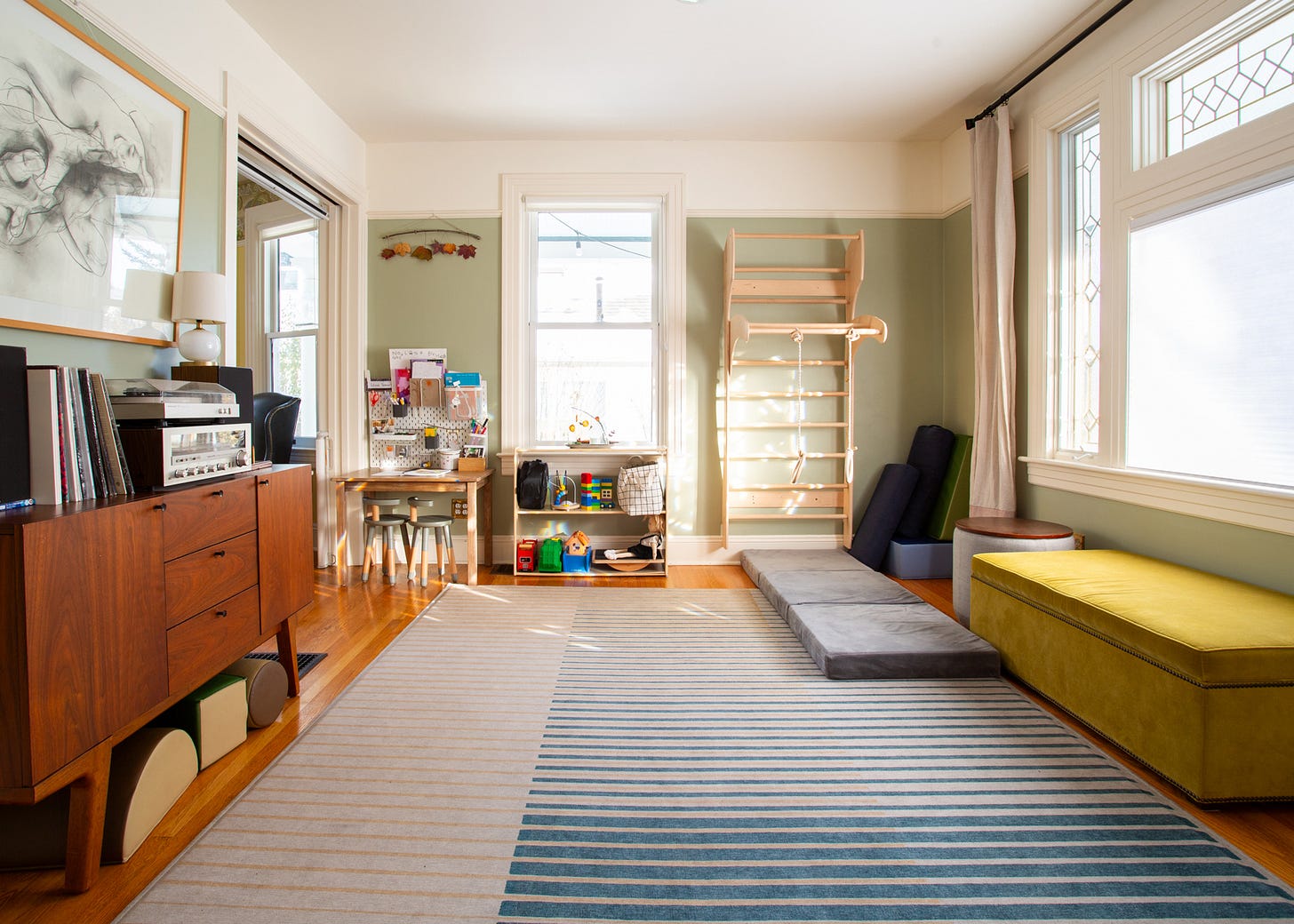
“You want to create a place for all the things that are important to you to happen.”
—Rebecca Enberg, Your House Machine
Rebecca offers the example of an artist. “A typical house has these certain prescribed rooms, but your life might not need a dining room–what your life needs is an art room.” Rebecca eschewed her Victorian house’s formal living room and turned it into a playroom for her kids—even though it’s the first room you see when you enter her house.
In a small space, you may not have the luxury of an unused room (I wish!), but you can still use your values to rearrange your home according to your most essential activities. This is the same idea my friend Alison and I were both exploring with regard to setting your priorities in a small space, which appeared in the newsletter two weeks ago:
Systems make families function better, too
Perhaps most appealing of all of the ideas that Rebecca shared is that applying systems thinking to our homes can make our family life run more smoothly, as well. “When you have a system and a practice of talking to your partner (or whomever you live with), it improves the distribution of household labor,” she explains. “Saying, ‘Let's talk about how we're organizing our coats when we come in,’ externalizes the problem. It just becomes this sanitized external process you both agreed on, and now you're going to both contribute to it.” A system to better share the housekeeping? I’m all for it.
Through writing Rebecca has also discovered that there’s more to organizing than just tidying the shoe pile. “I started with: Here's how to make your house look organized and stay organized. And then as I dug down, it became more about the relationship with consumerism and the emotional ties we have with our objects and what they mean to us.”
For a weekly dose of Rebecca’s unique take on home organization, sign up for her newsletter
Are there any systems you’ve created in your home? Tell me about them in the comments below.
Related posts from the archive:
Last week’s most-clicked link was a drawing-a-day challenge.
3 More Things
Gardening giveaway!
I wrote about vegetable gardening in the time of climate change for Gardenista.com recently, and I am giving away a copy of Kim Stoddart’s book The Climate Change-Resilient Vegetable Garden. All you have to do to enter is subscribe to LIVING SMALL and like or comment on this post.
Rewilding golf courses
This article about the trend of old golf courses being turned into parkland (gift link) left me feeling optimistic. Who knew American had more golf courses than McDonald’s locations? (Thanks to
for linking to it!)Cool color drenching
I find it hard to relate to home features in which the homeowners hired a decorator to buy every single thing in the whole house (boring!), but I did love how Somerset House put color drenching to work in this townhouse. (The collector-worthy furnishings are yummy too.)
One last thing: A very good one-pan cake.
If you read to the end, please like, comment, or share to help other readers discover LIVING SMALL.
Ironically, Corbu’s house’s were not always well-functioning machines. Prioritizing aesthetic ambition over actual function resulted in leaky roofs and excess heat loss/gain.


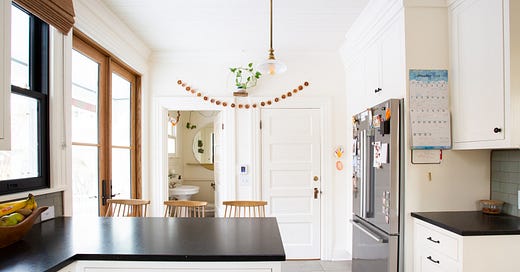




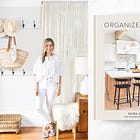
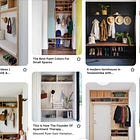
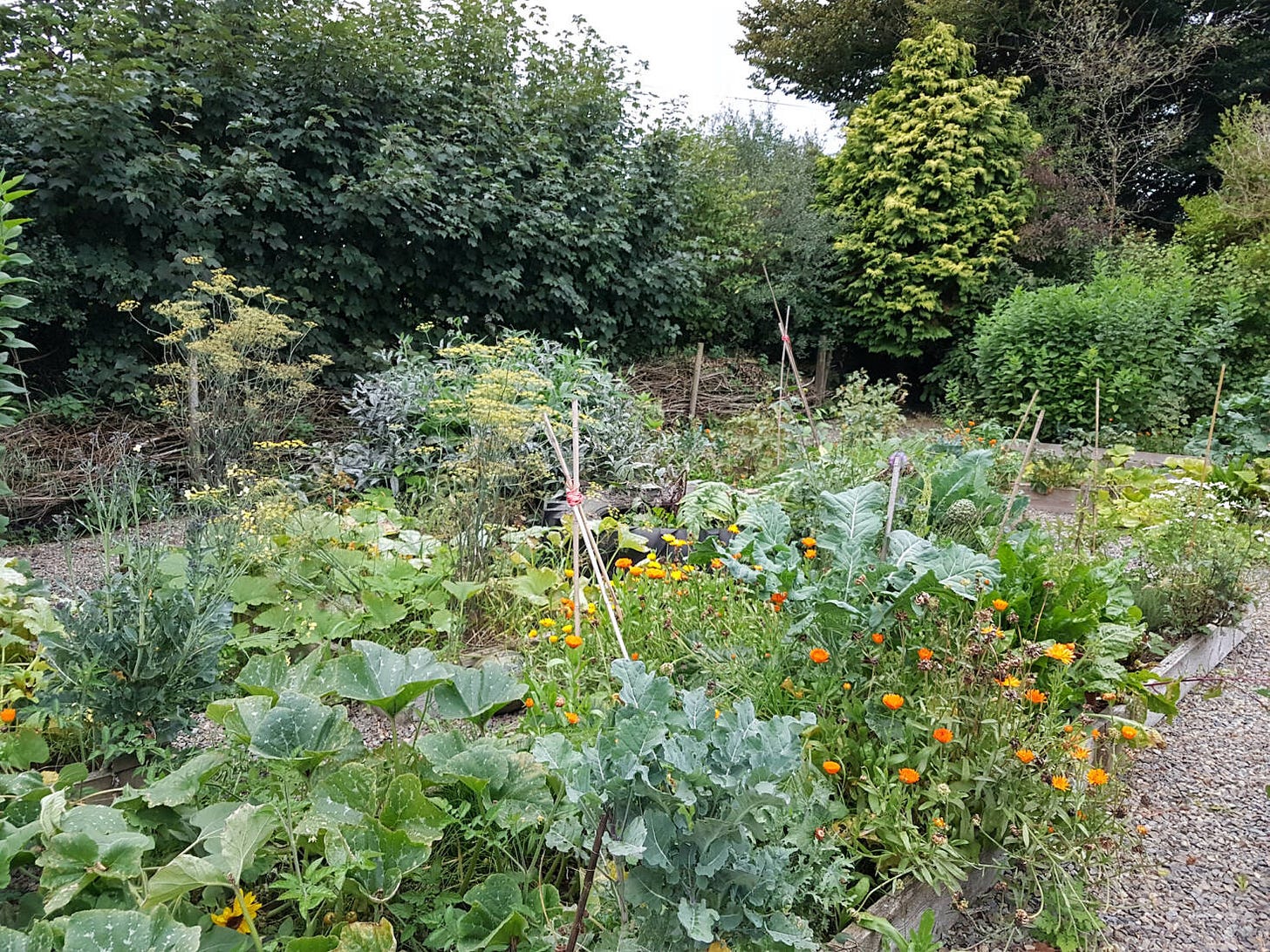
Thank you so much for the link to the article re the re-wilding of golf courses!
This really spoke to me! Aligning my principles with how space is used gives me a lot to digest. Snd as someone who’s spent all weekend sorting out papers from 4 two-years old moving boxes, I really appreciate you saying that sometimes it just takes TIME to get it organized